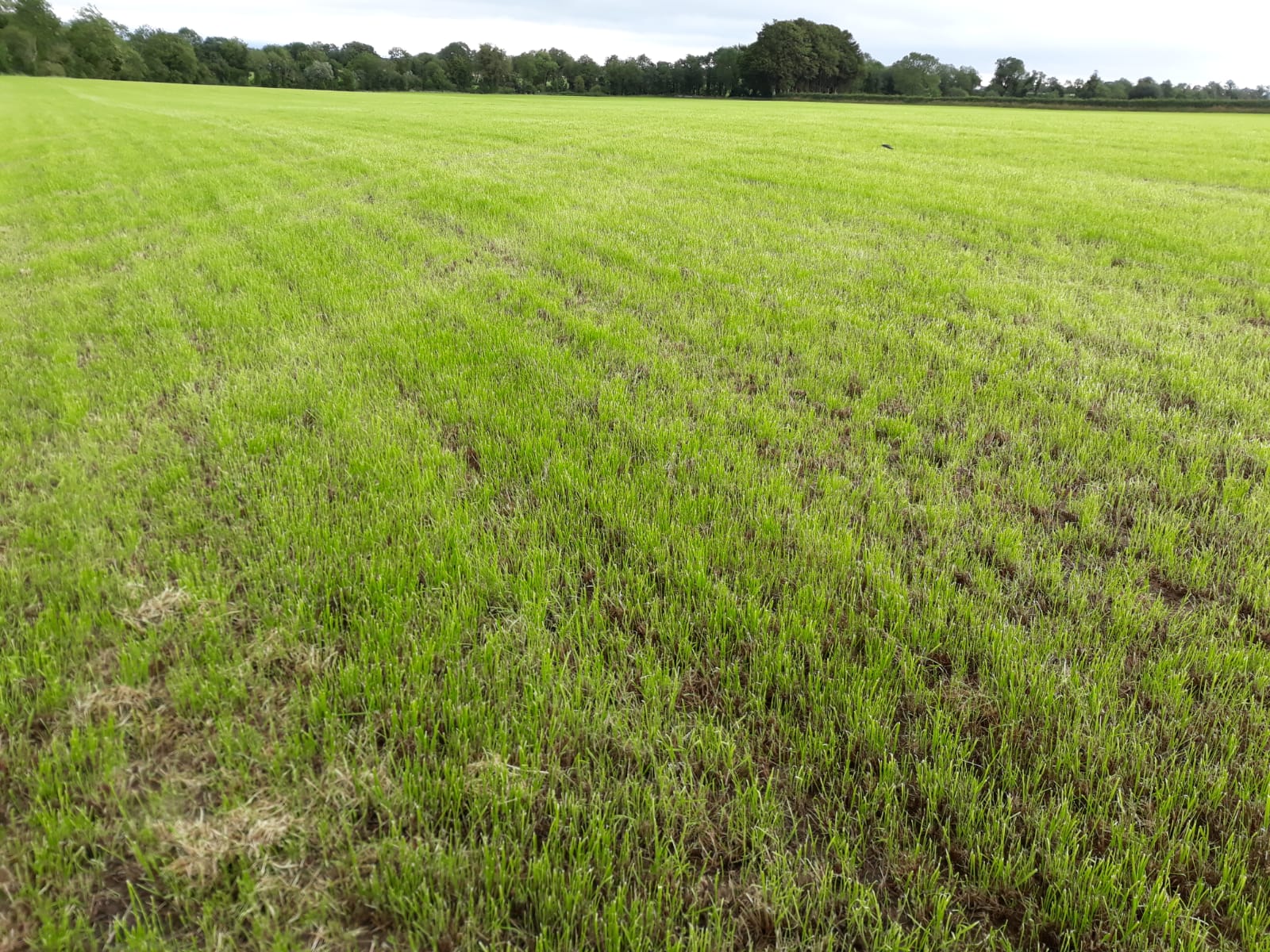
How choosing the most productive grass seed mix for reseeding can give the best return on investment
by AgriLand TeamThe benefits of reseeding have been documented on numerous occasions.
Such benefits include:
- New grass provides more grass in the shoulders of the season;
- New varieties are 25% more responsive to nitrogen compared to old permanent pasture;
- New grass has a higher feed value in terms of quality;
- Much faster regrowth after grazing or cutting;
- As a result of the above, new grass will support higher stocking rates.
Pasture Profit Index
Grass seeds account for only 20% of the total cost of reseeding. Putting some time into deciding what varieties suit your system is worthwhile.
Tillage farmers place a lot of emphasis on what cereal varieties they use and grass farmers need to adopt the same attitude. Before reseeding, it is advisable to think about what you want from your variety, be it silage or grazing; free-draining, or a heavy soil type. You need to pick a variety that is suitable for what you want it for.
The Teagasc Pasture Profit Index (PPI) is a tool that farmers can use to select the varieties that best suit the needs of the paddock they’re reseeding. It is a table of the top varieties and is ranked based on their profit potential for certain key traits.
These include:
- Seasonal dry matter yield;
- Quality or digestibility;
- Silage making;
- Persistency in the sward.
It indicates the economic merit of each variety within each trait; summed together this provides the overall PPI. This is of huge benefit to Irish farmers; it gives us information on each variety grown on Irish soils in Irish conditions.
Quality/digestibility – the most important trait
According to Teagasc, each 1 unit increase in dry matter digestibility (DMD) will result in an extra 0.24kg of milk/cow/day.
Grass quality is defined or measured by its DMD. For a 100-cow herd grazing a high digestible grass, like Abergain and Aston Energy over a 300-day grazing period.
The value of the improved digestibility in terms of extra milk is worth in the region of €3,000 to the herd compared to conventional grass varieties. Higher digestible varieties have a higher feed value and this should be at the forefront of your mind when selecting grass mixtures.
Key benefits of high digestible varieties include:
- Increased DM intakes;
- Improved milk solids;
- Increased milk production in dairy animals and liveweight gain in beef animals;
- Optimise animal performance;
- Other important factors to successful reseeding are adequate soil fertility;
- A minimum pH requirement of 6.3 is essential and this needs to be addressed first;
- Three-to-four bags of 10-10-20/ac to aid germination and gives the plant a good start for root development;
- A fine firm seedbed, especially in autumn is essential;
- The use of glyphosate to burn off the old pasture; glyphosate products state that you can cultivate ground between five-to-seven days after spraying; and yes technically this is correct as the glyphosate has done its job on the old sward. However, depending on growth conditions and methods of establishment, you may want to leave the sward longer to decay so that it will be easily broken up when cultivated or stitched.
Patrick Dooley runs a spring-calving, grass-based dairy farm in Co. Laois. From a recent visit to Patricks’ farm, it is evident that choosing the correct varieties has been a major contributing factor to why his farming system achieves excellent results.
In the video (below), Patrick outlines why selecting the most suitable varieties for his farm has given him the best return on investment:
Liffey Mills has proven in recent years to be trendsetters when formulating unique grass seed mixtures. It now has four household mixtures all with varieties taken from the Teagasc PPI list. Its Green Valley Range includes:
1. Sweet Sward
A 60:40 tetraploid:diploid mix, formulated for digestibility of the sward. The top two late heading tetraploids for quality are used here: Aston Energy and Abergain, along with the diploid variety Aberchoice.
2. Gold Sward
A dual-purpose silage:grazing mix. This mixture contains a 45:55 tetraploid:diploid mixture. The aim here is to bring more of the persistence from diploid varieties Aberchoice and Drumbo into the mixture.
They are the only two late heading diploids on the PPI with a positive score for quality. These two along with the ever-present Abergain make up this mix.


3. Silage Sward
This is for the intensive silage situation where you intend to take a cut of silage by May 20. It contains Intermediate heading varieties to give early-season growth and the top variety in the total PPI “Aberclyde” is used here.
4. Sward Maker
This mixture is a 100% diploid mixture. Diploid varieties provide excellent ground cover on difficult heavy soils.
Additional reseeding information
For further information on any of the above products, contact your local Liffey Mills Branch today; or just click here
Sponsored by Liffey Mills
